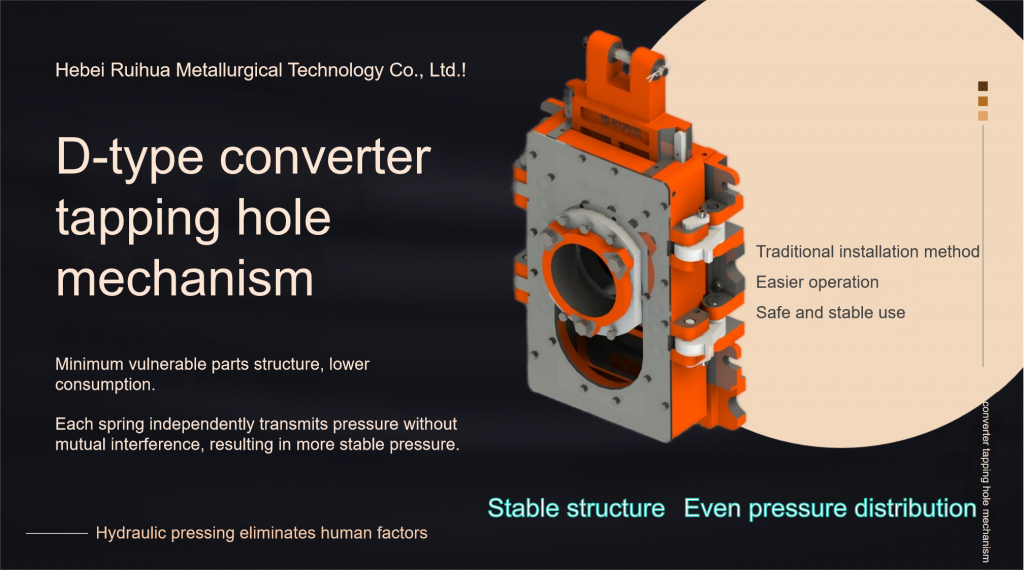Welcome to the official website of Hebei Ruihua Metallurgical Technology Co., Ltd.!
Welcome to the official website of Hebei Ruihua Metallurgical Technology Co., Ltd.!
During converter steelmaking, a large amount of molten slag is produced during smelting. This slag flows into the ladle during converter tapping, affecting the life of the ladle’s refractory materials. It also causes resulfurization and rephosphorization of the molten steel, impacting its quality. It also increases the consumption of ferroalloys after the furnace, increasing the amount of synthetic slag used in subsequent processes and prolonging refining processing time. The phosphorus and sulfur in the slag significantly affect the properties of steel. Controlling the amount of slag discharged during tapping is an effective way to reduce rephosphorization and resulfurization. It also reduces other impurities entering the ladle, reduces the amount of ferroalloy added, and shortens the refining time required for subsequent molten steel production, further saving production costs and improving efficiency. Therefore, slag-blocking technology should be implemented during converter tapping to strictly control the amount of slag discharged.
The Control Principle of the Converter Slide Slide
The slide is automatically opened and closed using the converter’s various states. When the furnace is vertical, the converter angle is 0°. When the converter is tilted to the rear for tapping, the converter angle is negative. Conversely, when the converter is tilted to the front for slag tapping, the converter angle is positive.
The slide slag blocking control process is as follows: ① During blowing (i.e., when the furnace is vertical), the slide is open. ② When the angle is between -70° and -55°, the gate valve is closed. ③ When the angle is between -70° and -110°, the gate valve is open, and the converter is in the tapping phase. When the slag detection system detects a slag level alarm, the slide is immediately closed. ④ After tapping is completed and the converter returns to the vertical position, the slide is opened.
